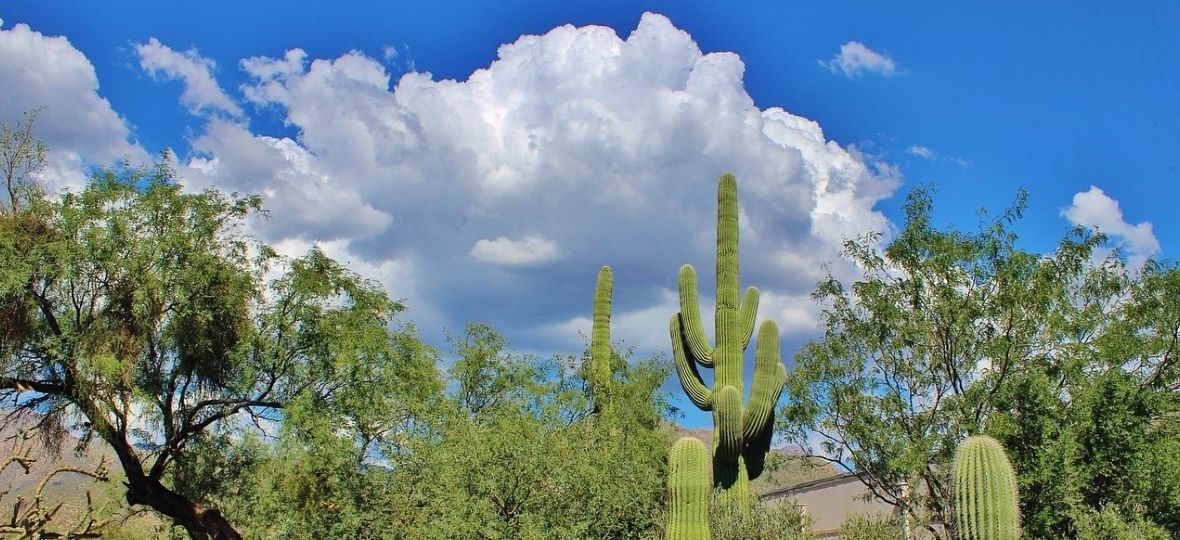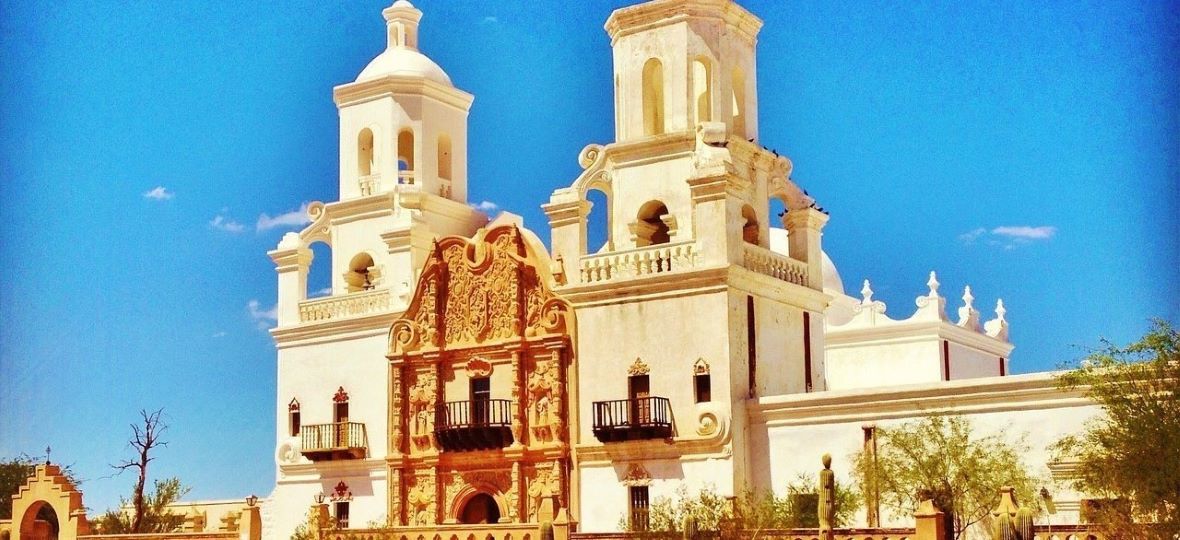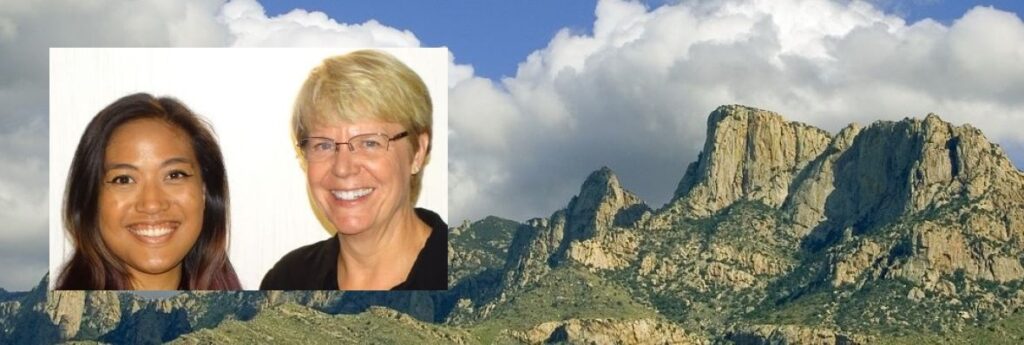While the communities of Greater Phoenix attract much of the attention in Arizona, nearby Tucson has its own unique allure, not least over 300 days of sunshine a year and winter temperatures that are guaranteed to appeal to Canadian snowbirds and vacationers eager to escape the cold up north.
Mary Rittmann, VP of Communications & Tourism at Visit Tucson, is honest when advising Canadians that winter is the best time to visit. “It’s so hot in Arizona; well, it’s hot in the summer,” she says, adding that January-April are typically the high season for the city.
At the same time, she notes that a higher elevation makes Arizona’s second-largest city 10-15% cooler than Phoenix, which lies about 90 minutes north.
Whenever they choose to visit, Canadians will find a destination famed for its desert landscapes, iconic Saguaro cacti, vibrant Mexican-American culture, and UNESCO City of Gastronomy status.
But even though it’s located in the southern Arizona desert, Visit Tucson communications manager Mo Calderon says it’s a “lush” desert – the wettest in the world.
“People are always surprised,” she told Travel Industry Today while visiting Toronto with Rittman recently, adding that the area, which is defined by its surrounding mountains and rugged canyons, and bookended by Saguaro National Park (east and west), offers limitless activities, from hiking and biking on desert trails, to birding and renowned sunsets and Dark Skies.
And boasting a Mexican “vibe” – the city is about hour from the Mexican border – Tucson is a melting pot of culture, art, and history with historic streets boasting Spanish colonial architecture that blends seamlessly with modern art galleries and eclectic boutiques.
The award-winning Arizona-Sonora Desert Museum, is a fusion of a botanical garden, zoo, and history museum, while Tucson’s Mini-Time Machine Museum showcases 500 antique dollhouses with hundreds of miniature objects within.

Designated as UNESCO City of Gastronomy, Rittman claims Tucson has the best Mexican food in the US, noting the cuisine is a “big selling point. It’s simple and fresh – not Tex-Mex. The tortillas are (traditional) flour, not corn.”
Visitors will find a plethora of sizzling street food vendors and family-owned gems hidden in colourful barrios making for a colourful experience of both passion and heritage.
Meanwhile, Rittman adds that stargazing in the area, such as from Mt. Lemmon, is unmatched, which conveniently dovetails with the recent rise in “astro-tourism.”
Visitors can also delve deeply into the activity getting “a bigger scientific picture” of the universe if they choose, while some hotels even offer stargazing programs for guests.
Equally relaxing are the area’s wellness opportunities, including well-known spas and ranches, such as Canyon Ranch and White Stallion, that offer programs that are commissionable to travel advisors.
The Westin La Paloma Resort & Spa is a desert oasis that has a water slide, kids club, and babysitting service for parents who are in need of a date night.
While Canadians make up Tucson’s second largest international market (after neighbouring Mexico), Rittman there is a definitive divide between east and west, with westerners tending towards VFR visits, while easterners go for more of a “true vacation” experience.
Either way, she adds, Tucson “is a great winter escape destination for outdoors, and having an excellent foodie experience,” noting that city has been recognized for the latter along with New York, Chicago, and San Francisco, by Travel & Leisure magazine.
“There’s so much special about Tucson,” she concludes, “that you just can’t get anywhere else.”
There are no direct flights to Tucson from Canada, but visitors can easily connect through Phoenix by flight or car.


